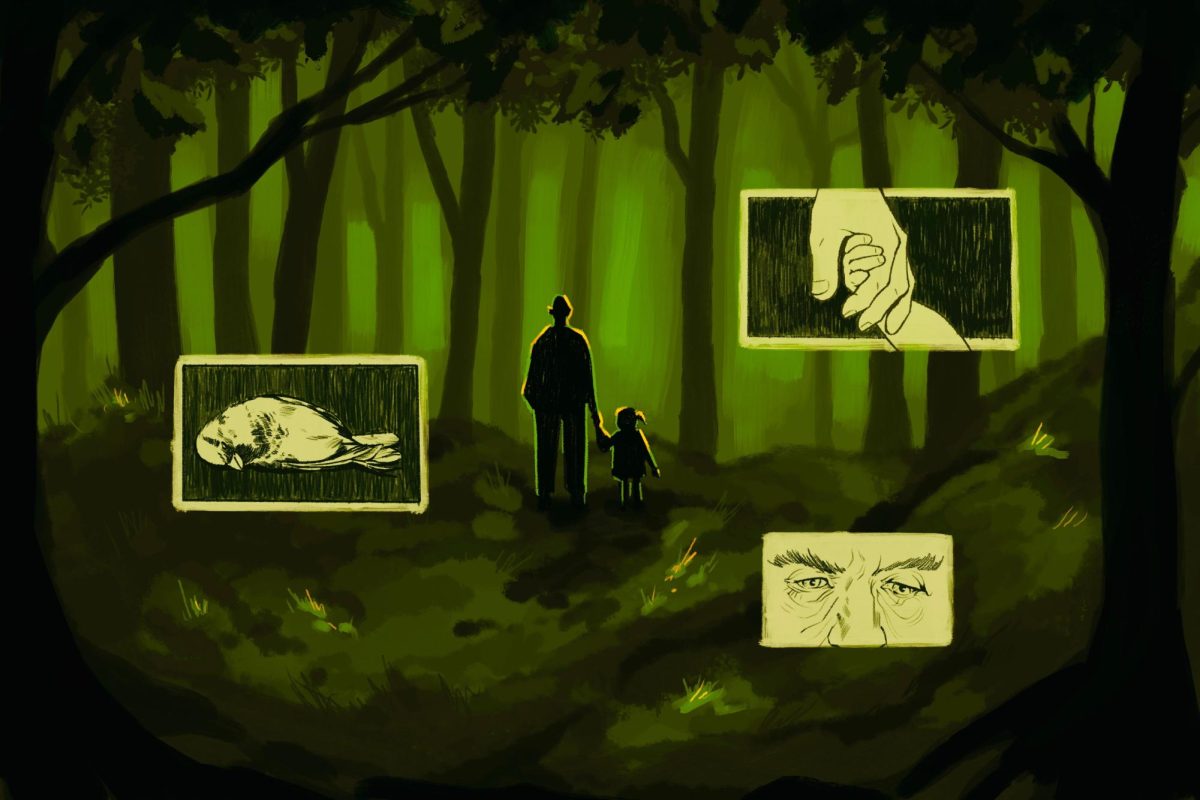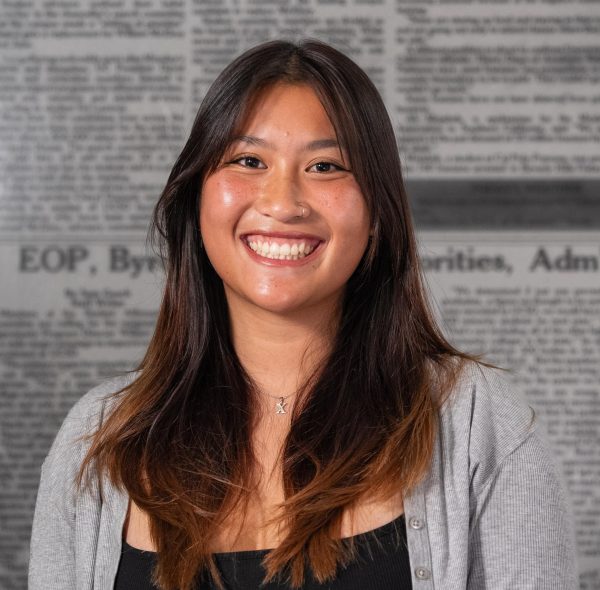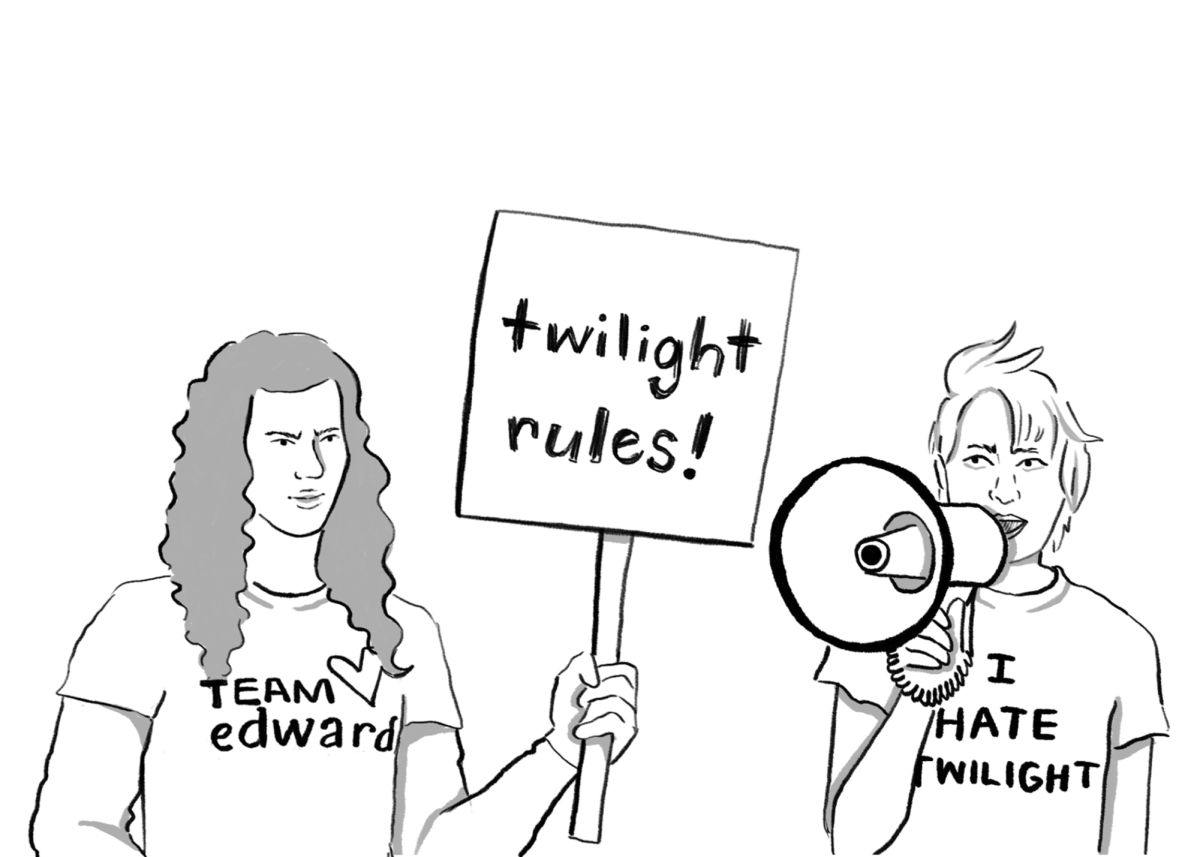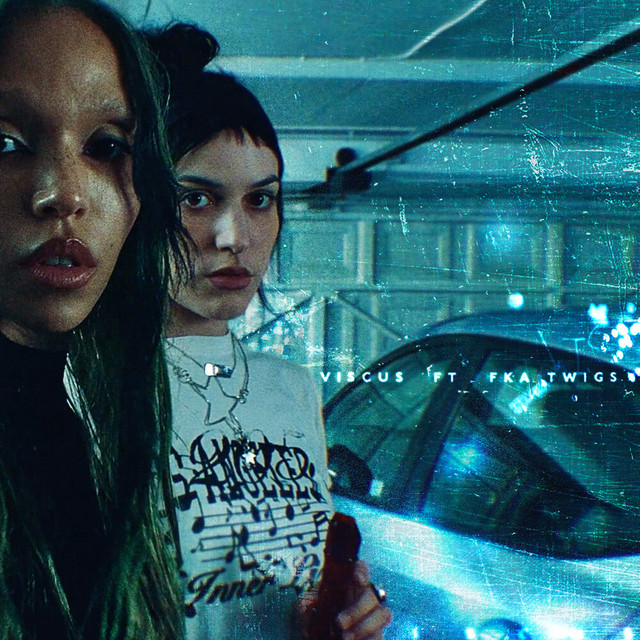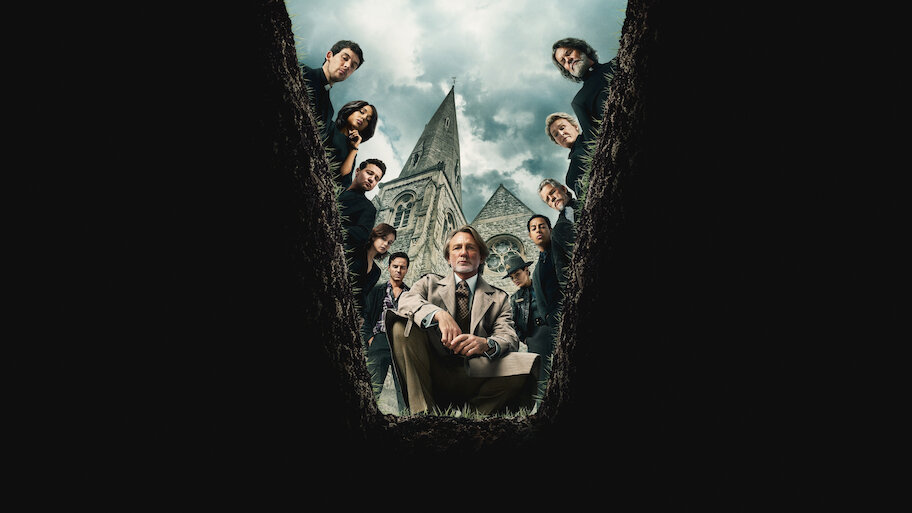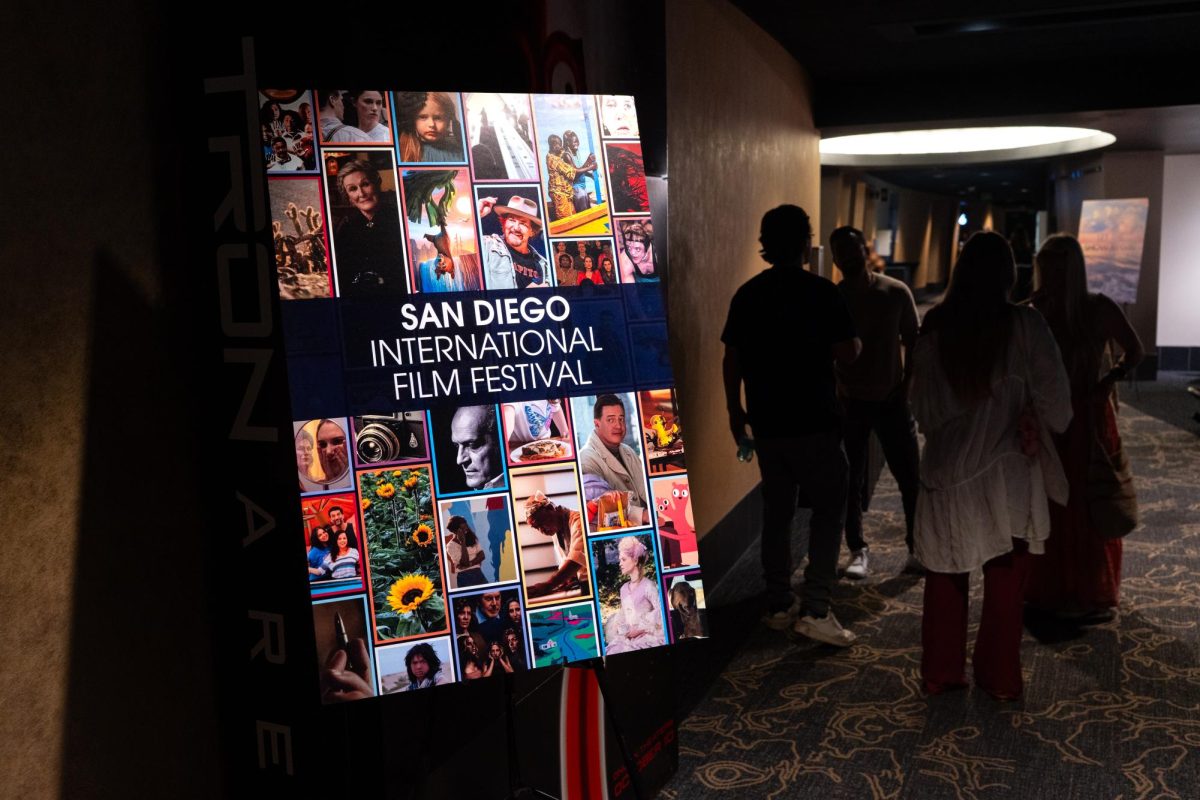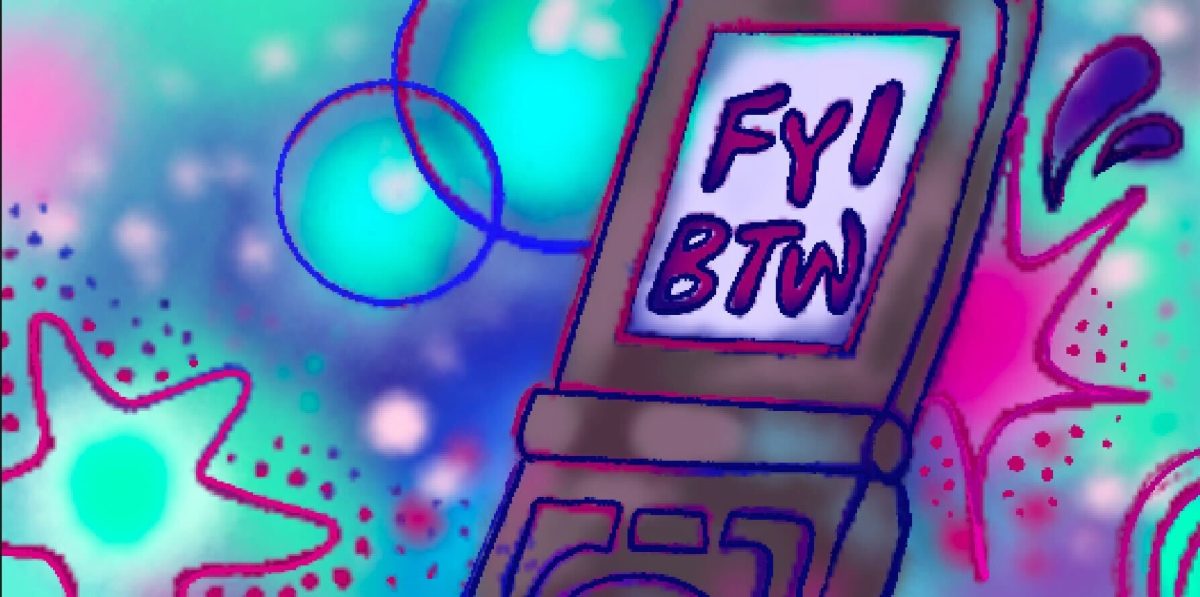In her debut film “The Metamorphosis of Birds,” director Catarina Vasconcelos dissects her family history, centered around the loss of her mother and grandmother. While the film’s impetus is motherhood, during my last rewatch, I found myself thinking about the role of fatherhood in preserving family history and my own quiet father-daughter relationship.
The film opens with a frame of the tired eyes of an old man: Vasconcelos’ grandfather, Henrique, who is one of the many narrators of the film. He speaks to his wife and Vasconcelos’ grandmother Triz, who has passed away, now gone from him and their six children. Here begins Vasconcelos’ story — one that will span generations in just under two hours.
During the film’s first act, we learn about Triz through correspondences between her and Henrique across the seas as he sails around the world. She is devout, both to God and to the trees. She is sentimental, saving clippings of her children’s hair in envelopes labeled by age. She carries a deep longing, waiting for her husband’s letters to arrive.
As Henrique and the film’s other narrators unveil details about Triz, lush imagery fills the screen. The visual aspects of the film rarely correspond to the narration; rather, they add an additional layer of sensory storytelling to be dissected. Each curated composition takes its deserved time on the screen, presented to viewers like still-life paintings in motion. Most scenes depict everyday actions: wind blowing through trees, slender hands gutting fresh fish, children playing Battleship. Similarly, this is how I remember my father’s presence in my childhood: through actions rather than words.
My father was one of eight children, the son of a mother seeking refuge for her family in America during the Vietnam War. Like his siblings, he is smart, practical, and had to become self-sufficient at an early age. At 14, he worked at a car wash, learning the ins and outs of every vehicle he cleaned. Those cars provided a physicality that was easy to understand and easy to fix. Throughout my childhood, when words were too difficult, he showed me and my brothers love by teaching us how to fix things. His love was quiet but steady like the redwoods — I just didn’t know how to see it. Today, at 62, vintage Mustangs are one of the only things he and my youngest brother talk about, and these days, I try harder to listen.
In the same way these memories of childhood flash through my mind, Vasconcelos’ stories and the film’s visual imagery jump seamlessly from macro to microscopic. She captures what it feels like to be big and small at the same time, shifting her camera from depictions of a man running across a vast mountainscape to the creases of skin on his hand. She equates Triz to trees and the children to birds perched atop their mother’s branches, all while recognizing the ordinariness of a mother and child.
For most of my life, I thought myself to be an average size — important enough to the people around me. But after a family gathering last year, for the first time, I had to personally confront both the grandness of life itself and the tininess of a single life. I recalled how the film described losing a mother as both catastrophic yet incredibly ordinary in its universality. In one evening, I found myself dwelling in the tension between these two truths.
In January 2024, my parents told me and my siblings to come home for the weekend — they had news to share. For a week, I couldn’t focus on anything. My brothers and I speculated among ourselves: Perhaps our dog was sick, or it was finally time for Grandma to move in. We periodically suggested new ideas, avoiding the one thing that we all knew to be possible.
As Vasconcelos takes over the film’s narration to reveal her own grief, I feel a jolt of sadness for her father, who had lost both his mother and his wife. Though Vasconcelos and her father are never in direct conversation with one another, they talk about each other’s inner thoughts with gentleness. There is a physical separation between Vasconcelos and her father throughout the film, yet also an intimate understanding of each other’s losses. The two take turns telling each other’s stories: how her father felt like his body was shrinking and how Vasconcelos searched for answers in the lake’s reflections. Sometimes, only a close observer can truly articulate the process of another’s grief with clarity.
Oftentimes, the relationship between a father and daughter is unspoken until the world gifts them with some irrefutable shared connection. For Vasconcelos, she and her father came together “in the absence of the word mother.” For me, my father and I came together in the presence of the word cancer.
As my family laid on the couch, breathing heavily together, I realized that my father has carried my sadness and my joy and my every emotion since birth; I just didn’t know how to talk with him about feelings like I do with my mother. While Vasconcelos’ film honors motherhood, her father shares the stories alongside her, working in tandem to process their grief. My father and I are still figuring out how to openly grieve the passage of time together. We usually just talk in circles — about football games and my car engine — but we move forward together nonetheless.



